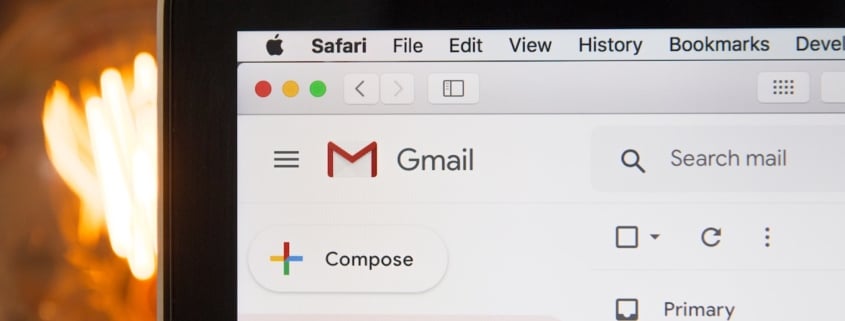Cyber Threats that Come Through Email
At its best, email spam is an annoyance that clogs up your inbox. At its worst, spam can infect your computers and systems with malware, leaving you, your employees, and your business open to cyber attacks.
As hacking becomes more sophisticated, the range of ways that cyber criminals can infiltrate your systems through email. To minimize the risk of this happening, here are four examples of cyber threats that come through email, and how you can protect yourself against these threats.
Phishing and Spear-Phishing
Phishing and spear-phishing emails encourage users to act in a way that will expose their information, typically by clicking on a link. The link will then usually ask users to enter information such as passwords, bank details, or even social security numbers. These emails often try to mimic the appearance of a trusted source, such as a bank or other familiar organization.
The difference between phishing and spear-phishing is that, while phishing generally targets a group of people, spear-phishing focuses on one individual. A spear-phishing email will tailor its message specifically to one person with messages or topics tailored for that user. Personal interests and information used to tailor these emails are often gleaned from social media accounts or other places on the web.
DDoS Attacks
Distributed Denial of Service (DDoS) attacks aim to clog traffic on a website or platform, causing the site to crash for significant periods of time. An attacker will often use a botnet, or an army of infected “zombie” computers, to overwhelm the victim platform’s bandwidth by sending in relentless simultaneous requests. A botnet is often created by sending emails containing malware, which is downloaded onto the computer by unsuspecting users.
Viruses and Other Malware
Malicious emails may also try to infect your computer with a variety of standard viruses and malware. Computer viruses can make your employees’ devices unusable by damaging programs, flooding networks with traffic, deleting files, or even reformatting the hard drive.
Spam
Even supposedly harmless spam can leave you open to threats. For example, if a spammer’s servers are breached, their whole email list could be disclosed. So merely being on their list puts you at risk of your email being passed around for more cyber criminals to misuse. One such breach happened in 2017 due to a spambot misconfiguration, and 700 million email addresses were leaked.
How You Can Prevent and Minimize Threats
Spam Filtering
The automatic filtering that comes with your email is unlikely to offer sufficient protection against malicious emails, particularly for businesses. Investing in a thorough and robust spam filtering system will help minimize the number of cyber threats that clutter your inbox and tempt your employees to click.
An add-on spam filter can run a sender’s information against a database of known threats as well as scan attachments for malicious programs. The technology such a service utilizes will be more advanced than automated filtering, and it will also update consistently to stay up to date with evolving threats.
Employee Training
It won’t matter how good your spam filtering software is, though, unless you train your employees to recognize a suspicious email properly. This is why regular employee training is a vital part of any cybersecurity plan.
Employees should be educated on common factors in suspicious emails, how to recognize an untrustworthy link, and how to report suspicious behavior should they receive an untrustworthy email. They should also be informed of policies regarding unknown downloads and the risks they pose.
Antivirus Protection
It may seem obvious, but a reliable antivirus program is the very first, minimum protective measure you should have in place. This software will provide a line of defense against basic viruses and threats, and it can also alert you to more severe breaches.
While antivirus may not protect you from more advanced issues, it can still provide ample protection for passwords, usernames, and other employee and customer data that could prove disastrous.
Multi-Factor Authentication and Strong Passwords
If a hacker does manage to steal some of your information through an email attack, strong passwords can provide another line of defense. Common words, names, or phrases are easy to hack and will put your data at risk, but using a mix of unrelated words or letters, numbers, and special characters will be more secure.
But, should your password be compromised, multi-factor authentication (MFA) can still stop a hacker from getting into your systems. By requiring a second form of authentication, such as a texted passcode, push notification, or fingerprint confirmation, MFA makes it significantly harder for hackers to access your account.
No business is too large or too small to become a victim of a cyber attack, especially to those that come through email. To ensure that your company is adequately prepared, work with a Managed Service Provider (MSP) to take the correct preventative measures that ensure top-quality security. A professional MSP can help you set up advanced spam filters and antivirus software, put best employee practices and training in place, and care for all areas of your cyber and email security.




